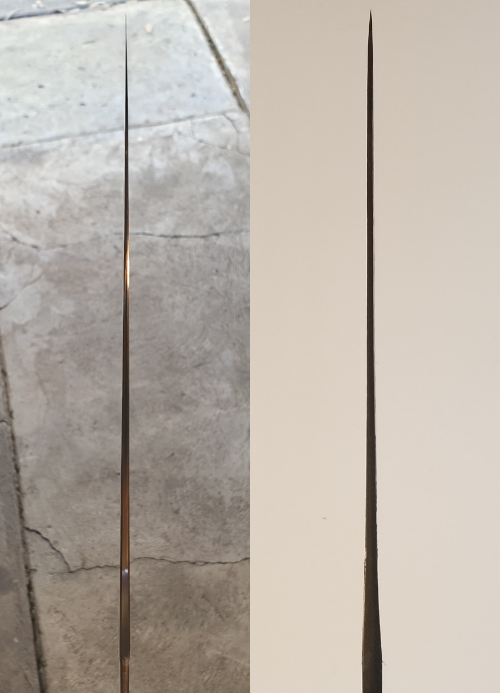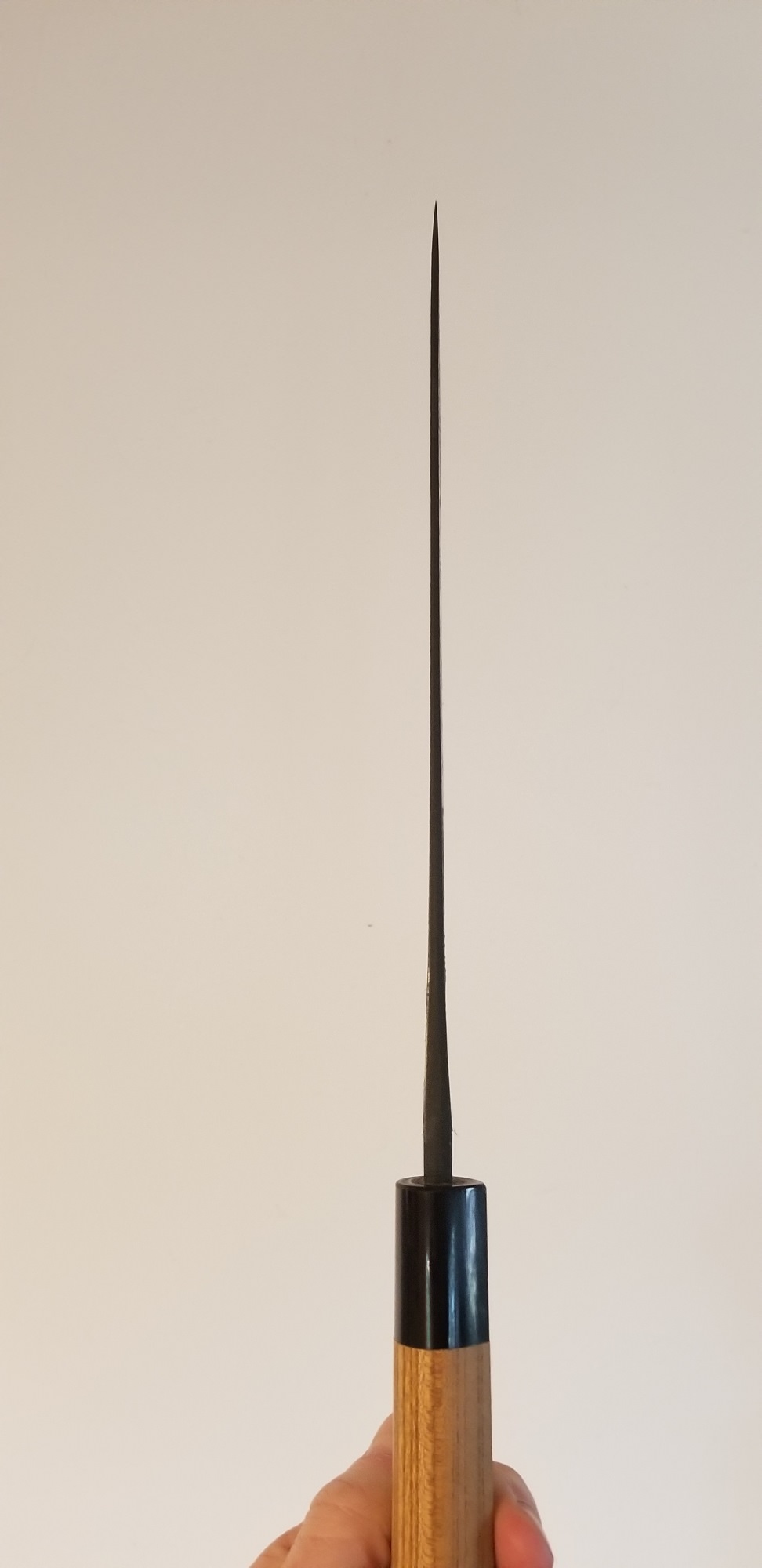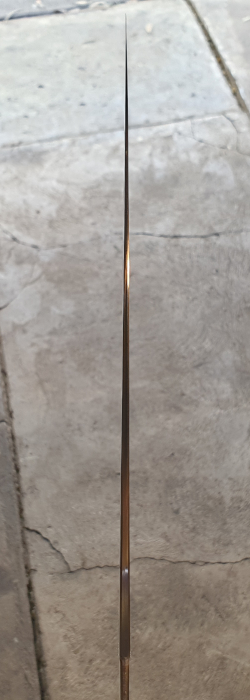Each Grind has their merit. Each has good and bad examples also, but generally ...
1. Convex
(the Push cutters grind)
For the longest time i loved as much Convex as i could get. It felt like a good knife when it was convex ground, and had the best food separation. Fell out of favor for me as after owning a couple... you want to get deeper in the rabit hole and test more stuff.
2. Scandi-Grid
bad experience with this grind ...
Takeda is an exception, but even he had issues in 2015/6 with the scandi-grind. now the blades are so thin it doesnt matter. - some examples you can see an S-Grind in there where the middle is thinned out.
3. Flat grind / lazer
(Flat grind = Rocking cutter grind)
(Lazer = the chopper grind )
Can be good knives, can be easy to maintain, never felt that magical to me though. in use probably for a little higher skilled user/ or somebody that takes more time rock chopping.
4. Wide bevel.
(??the pull cutters grind??)
last year or so ive changed to a wide bevel seaker, moving to wide bevels for their easier to maintain aspects. they allow me to crack out the stones more, and easier to thin/ polish and work on generally. They are more aggressive on the board and need more advance knife skills to use with the same proficiency as a convex grind. this is because there really isnt any buffer of convexity from the edge to your knuckle in chops. Gotta have good skills to whip around a wide bevel with any speed. Also, trying to go zero-micro-bevel your blade allows you to see exactly where the steel is. And this is the easiest grind to steer where your cuts go.
5. Hollow is just a soon to be wide bevel // just like KU knife is a soon to be polished knife.
symmetrical vs Asymmetrical - is there ever fully symmetrical? I would rather my cuts go towards my non-cutting hand(left) than my cutting hand(right) because in chopping it keeps the line easier for me to keep the slices super thin, if it steers off getting it back on line is difficult.








